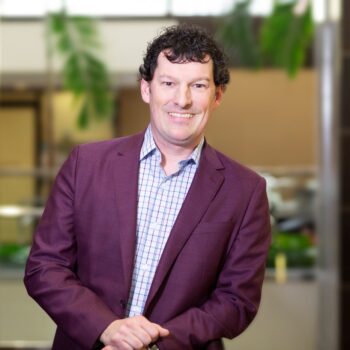How to Apply What You Know for Current Project Success
Throughout my consulting career, I have rarely, if ever, worked on a project that was exactly like a previous one. Many factors contribute to this: team members, personalities, environments, unique challenges, etc.
Even when a project seems very similar on the surface, chances are it will not be the same once you start executing. This is where I have found the importance of identifying and building transferable knowledge. When you go from project to project, there are always variables that make each situation unique. While these variables are completely out of your control, how you use the knowledge gained from previous experiences and apply that to your current situation is completely WITHIN your control. Utilizing transferrable knowledge helps you get up to speed and adding value faster.
For example – during the mortgage crisis, I was doing many failed bank integrations where we needed to consolidate loan records from one bank to another. This involved identifying the loan types, mapping the fields, boarding the loans, etc. Six years later, I am now working at a merchant servicing client that is converting a merchant portfolio from a partnered bank to the clients’ systems. These projects are dealing with different clients, different client types, and different information, but the underlying need is the same. I have been able to draw a direct relation to this previous experience. For example, both experiences taught me:
- A set of information from one company’s systems will not map directly to another – there will be a need to derive or translate information based on what is provided to fulfill required data in the new system
- The definition of fields and information is sometimes not always what it seems on the surface – it is important and required to understand what the company is “truly” using that field for and what it means to them
Because of this, once I learned the client’s terminology in my new position, I was quickly up and running and adding value.
Personally, when starting a project, I find it important to try and tap into these past experiences and determine the transferable knowledge I have that may be applicable. I ask myself three questions:
- What other projects have I been on that have similarities to this new one? – Asking this question helps me relate my new project to prior experiences so that I can draw comparisons. This also helps me identify what additional skills or knowledge I need to pick up for my new project.
- What hard and soft skills do I have that are applicable on this project? – Once I get into a project, I start to identify what skills I have that will or might be applicable to the work. These might be development skills, Microsoft Excel knowledge, BPM experience, clear communication, etc. Based on the project type and environment, the need to be flexible with these skills is important. For example, in some environments there is a need to over communicate because people can interpret things differently and make assumptions on what is being done. By over communicating you make sure everyone is on the same page and knows exactly what is being done. If you are able to identify a need, relate it to a comparable experience, and use similar tactics, there is a good chance for success.
- What don’t I know about this industry, client, project, role, etc. that I need to learn? – No matter your role, there is a great likelihood that you will get assigned to a project that is either completely new or has new components. Therefore, it is important to identify these learning areas early on and “go deep” or learn as much as you can about these topics as soon as possible. I have frequently found myself reading articles and doing research, but some of the best resources I’ve found are other colleagues who have either worked through similar scenarios or in the “space.” The skills and knowledge you learn here now need to be added to your transferable knowledge toolset to then be applied to a future project or situation.
The bottom line is that there will always be new projects, technologies and scenarios that force us to change, adapt and learn. You never stop learning and, as a result, you always need to be willing to learn. Most importantly though, through this continuous learning, you need to identify what could be transferable knowledge and add that to your “transferable knowledge” toolset. The benefits of applying what you know will have far-reaching and successful effects!

